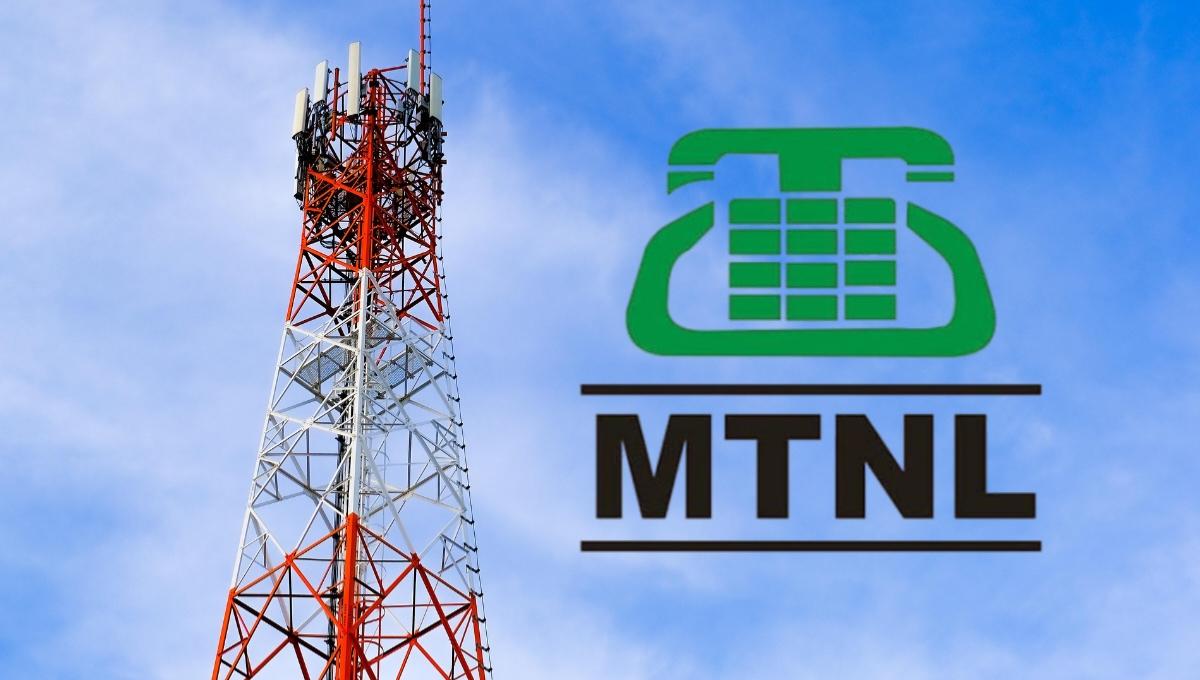
In a significant development concerning the future of Mahanagar Telephone Nigam Limited (MTNL), the Cabinet Secretary has convened a crucial meeting scheduled for June 17. This high-level meeting will focus on the telecom company’s deteriorating financial situation and evaluate options for loan repayment, asset monetization, and a possible revival plan.
The meeting will witness the presence of several key stakeholders including senior officials from the Department of Telecommunications, Department of Economic Affairs, the Banking Secretary, and top representatives from banks exposed to MTNL’s debt.
One of the main concerns that will be addressed is the repayment of MTNL’s mounting debt. The company is currently unable to meet its repayment obligations, causing its loans to drift into non-performing asset (NPA) territory. Sources indicate that banks are increasingly hesitant to issue fresh loans to MTNL, citing the high risk involved. The consensus among bankers is that further lending could significantly increase their exposure, and with MTNL already struggling to repay, the risks outweigh the benefits.
A major complicating factor is that much of the existing loan was backed by a sovereign guarantee from the government. This raises serious concerns. If a public sector company like MTNL, supported by a government guarantee, defaults on its loans, it undermines confidence in such guarantees. Banks fear that future lending to any government-backed entities might come under scrutiny, potentially affecting funding for other public sector undertakings.
The June 17 meeting will also explore the possibility of asset monetization to ease the financial burden. MTNL holds several valuable land assets, but there are legal hurdles in monetizing them. Most of these lands come with usage restrictions, permitting them to be used only for telecom-related purposes or for government office spaces. This severely limits the potential for commercial monetization and complicates any revival strategy relying on asset sales.
MTNL’s total outstanding debt is approximately ₹33,000 crore. Of this, ₹24,000 crore is in the form of sovereign bonds, while around ₹8,000 crore is owed directly to banks. Among the banks, Union Bank of India has the highest exposure.
The outcome of the June 17 meeting will be critical in determining the future of MTNL. It is expected that both the government and banks may have to make some tough decisions. While the banks are reluctant to increase their risk, the government might need to step in with financial support or policy adjustments to prevent further defaults.
This meeting could mark a turning point for MTNL. The decisions taken will not only impact the company but also set the tone for how the government and banking sector approach the financial restructuring of struggling public sector enterprises in the future.
Disclaimer:
This article is based on internal sources and news coverage. Final decisions may vary based on official government statements or policy announcements.




